Amidst the scorching April sun, while the entire South was bustling with preparations for the 50th anniversary of the country's reunification, Mr. Ho Duy Hung quietly sat and turned the pages of "The Broken-Winged Spy ," a book that encapsulated a lifetime of silent and proud intelligence work.
The man who shocked the world in 1973 by stealing a UH-1 helicopter from the US, escaping enemy control to fly to a liberated zone, now lives a simple life, reminiscing about the past. He was once deeply embedded within the Saigon government, living on the brink of death to relay information to the revolution.
The pages of the book contain the heroic spirit of youth, but for Mr. Hung, it is not worth mentioning compared to the blood and flesh of his comrades and compatriots who sacrificed themselves to achieve peace .
"My strength is nothing special," he said modestly.
This year, the old spy still eagerly awaits the parade. He hopes to meet his former comrades – those who fought alongside him, sharing life and death for the ideals of national independence and freedom.
Mr. Ho Duy Hung, alias Chin Chinh, (born in 1947 in Cam Son, Duy Trung, Duy Xuyen, Quang Nam ), was born into a revolutionaryfamily . His father, Mr. Ho Duy Tu, was one of the first Party members in Duy Xuyen district, and his siblings all participated in clandestine activities, with some working as intelligence agents in enemy territory.
At the age of 14, he attended Tran Cao Van School (Tam Ky) and participated in the student movement against the government. In 1967, after his cover was blown, he left his hometown and went to Quy Nhon to live with his uncle, studying while continuing his clandestine activities in the Saigon-Gia Dinh student movement.
In 1968, following organizational directives, he joined the Republic of Vietnam Armed Forces and attended the Thu Duc Officer Training School. Later that year, Ho Duy Hung was selected to study aviation English. In December 1969, after graduating from the Army Language School, he was sent to the United States to study helicopter piloting.
In the United States, he graduated with honors in the UH-1 class and received further training in gunship piloting.
"To get that driver's license, I had to overcome my own limitations, including the pain of being ostracized and mocked by my relatives," Mr. Hung said.
In 1970, he returned to Vietnam and was assigned to Squadron 215, 2nd Air Division of the Republic of Vietnam Air Force, stationed in Nha Trang. At the same time, he was assigned to be a member of the E4 intelligence unit.
Thanks to this position, he provided many top-secret documents: maps, reconnaissance photos, communication frequencies of the American military... which were of great help to our revolutionary forces.
However, five months after returning to Vietnam, in March 1971, he was arrested by Saigon's military security forces for allegedly coming from a revolutionary family with many members involved in the National Liberation Front. He was detained and interrogated for five months. Lacking sufficient evidence to convict him of anti-government activities, he was dismissed from the army on the grounds of "falsifying his personal information and showing signs of being pro-Communist."
Returning to our forces in 1972, Mr. Hung was assigned the task of stealing or hijacking enemy aircraft during the "Red Summer" campaign. However, the fierce fighting at that time, with the enemy heavily stationed and strictly controlling the airfields, made the mission impossible.
A year later, in November 1973, Mr. Hung returned to Da Lat and received a mission from the Saigon-Gia Dinh Military Region's intelligence service: to take a UH-1 helicopter and fly to the liberated zone to support the plan to attack the Independence Palace.
"This mission was actually proposed by me," he said.
He understood that this was a mission where death could strike in an instant – failure meant sacrifice. For him, intelligence work was like walking on a razor's edge; one wrong step and you'd lose your life. But if he calculated carefully enough, the probability of survival was still 50-50, so he chose to move forward.
"I'm mentally prepared. If I fail, I'll die. But on the battlefield, who doesn't face death? Once you've accepted a mission, there's no turning back," he said, his voice firm.
He meticulously prepared his plan for approaching the aircraft, every detail like a life-or-death chess game. He chose an open field near the Thuy Ta restaurant, by Xuan Huong Lake – a familiar landing spot from his time as a pilot in Squadron 215. Thanks to his extensive experience, he knew every nook and cranny of the area.
There was virtually no military presence here. The only checkpoint was a militia member stationed at the tennis court – a serious security loophole, a golden opportunity for him to act.
The plane's parking spot was right within sight of the road leading to Da Lat market. He calculated: "If American pilots appeared unexpectedly, I could detect them from afar and deal with them immediately, either retreat safely or strike swiftly, giving them no time to react."
On November 4th, he approached a helicopter parked on the tarmac, and after inspecting it and discovering it didn't have enough fuel to fly back to base, he quietly withdrew.
On the morning of November 7th, despite the bad weather, he persevered in his monitoring. At exactly 9:00 AM, a UH-1 helicopter with the number 60139 unexpectedly landed.
He immediately approached, quickly climbed into the cockpit, checked the control levers and locking system, then checked the fuel and voltage. Seeing that the meter showed 24V – a level sufficient for starting – Mr. Hung flipped the switch and performed a final check. With the power stable, he confidently left the cockpit, untied the tail rotor securing wires, and returned to the control position.
Instead of taking 3-4 minutes as per the usual procedure (removing the tail rope, winding the rope, loading into the compartment, fastening the seatbelt, starting the engine, monitoring the engine speed and temperature, etc.), he only took 40 seconds to get the helicopter off.
The UH-1 helicopter tilted and glided across Xuan Huong Lake, plunging straight into the white curtain of rain, disappearing into the gray sky, heading towards the revolutionary base.
For Mr. Hung, the moment he stepped into the cockpit was like riding a horse into battle – there was no room for fear or hesitation. At that moment, he had only one goal in mind: Start the engine, reach full RPM, and take off safely.
But the Da Lat sky at the end of the year was not so forgiving. As soon as they left the ground, thick fog enveloped them; as soon as they took off, rain poured down. In the rush, he carelessly forgot to switch on the power converter – the device that controlled the horizon light, the only thing that helped with navigation in the fog.
"Flying into the clouds without a horizontal alignment indicator, accidents can happen at any time," Mr. Hung recounted the life-or-death moment that year.
Dense clouds enveloped the UH-1. Without light or direction, he was almost swallowed up by the white sky. Fortunately, the altimeter – a mechanical one that uses air pressure – was still working. He immediately pulled the control stick, propelling the helicopter to an altitude of over 2,000 meters, avoiding the risk of crashing into the mountains in the treacherous terrain of Da Lat.
Although this action violated operational regulations, which required flying close to the treetops to avoid enemy radar, he accepted the risk of being detected in exchange for the safety of the helicopter.
In a situation where the horizon light was unavailable, Mr. Hung was forced to use the speedometer as a guide to maintain balance. "If the speed is too low, the plane will lose lift and crash. Conversely, if it exceeds the limit, the nose of the plane will pitch down, which is very dangerous," the pilot explained.
With his hands constantly moving, he maintained a steady speed of 120-130 km/h, battling death in mid-air with every passing second.
When he saw the Lien Khuong runway emerge from beneath the clouds, he shouted, "I'm alive!" During the grueling flight through the fog, once he regained his composure, Mr. Hung suddenly remembered that he had forgotten to turn on the inverter to determine his position.
"I quickly switched it on. Immediately, the horizon indicator lit up again, and the fuel gauge also showed a reading. Only then did I realize I had been flying for 20 minutes in a sea of white," he recounted. For him, those were the longest 20 minutes of his life.
Having re-established his position, he immediately lowered his altitude, returning to his original flight path. But before he could breathe a sigh of relief, another worry arose. "I was afraid the infantry on the ground would mistakenly shoot me, thinking I was an enemy helicopter," the pilot said.
When still some distance from the target, the fuel warning light turned red – only 15 minutes of flight time left, while the base was still 50-60km away. Seeing our army camp below, Mr. Hung decided to land nearby. After carefully concealing and camouflaging the UH-1 helicopter, he walked alone for more than 2km to reach the unit.
Dressed in civilian clothes, he didn't reveal his identity as a pilot. "I saw a comrade on guard duty and reported that I wanted to see the commander. A little while later, the political officer came out and we returned to the scene to inspect the aircraft," he recounted.
Initially, the soldiers were hesitant, finding the plane too far away to help monitor, and requested that it fly closer to the barracks.
According to the original plan, the UH-1 helicopter that Mr. Hung had hijacked was to carry half a ton of explosives and fly "like a trance" along the Saigon River on the morning of January 1, 1974, to strike directly at the Independence Palace. However, the plan was not approved; instead, the aircraft was deployed to the Loc Ninh border.
Mr. Hung was assigned the task of surveying the area and coordinating with the combat unit of the 75th Artillery Regiment to safely bring the aircraft to the assembly point.
During the preparations, an anti-aircraft artillery soldier from the North was assigned to guide the flight. Just as they were about to take off, enemy scouts flew overhead. Fearing exposure, Hung was forced to delay, waiting for nightfall and for the enemy to withdraw.
As the sun set, in the dim light, Mr. Hung couldn't pinpoint the exact meeting place. According to the plan, smoke would be lit on the ground as a signal. But at that moment, another plume of smoke – from a group of people cooking nearby – confused him.
"When I landed, it turned out that the soldiers below were cooking dinner, not the unit that was supposed to pick me up. Seeing the unfamiliar plane, they immediately opened fire from three sides," he recalled.
Amidst the intense gunfire, Mr. Hung was forced to pull the control stick, maneuvering the plane deep into the forest. In the darkness, he spotted a low-lying, treeless area and immediately landed the plane. The plane was hit by gunfire, but fortunately, the damage was not critical.
That evening, Hung and his teammates discussed returning to the site of the accidental shooting the following morning, choosing the exact moment when the soldiers were exercising or watering vegetables – the least vigilant – to land.
The next morning, as planned, he took off, circled back to the same area, and landed the plane in a patch of tall grass 200 meters from the vegetable garden. The guide, dressed in military uniform and wearing a pith helmet, jumped out first and quickly moved according to plan. Mr. Hung also immediately turned off his engine and jumped out after him.
Before they could do anything, both of them were surrounded. The soldiers there pointed their guns directly at them. Tensions reached a peak; although no one fired, they immediately contacted the Command Headquarters for instructions.
In that critical moment, Mr. Hung quickly pulled out a piece of paper – an indispensable item that the Deputy Chief of Staff of the Regional Command had personally given him earlier, instructing him to always carry it with him in case of emergency. The paper contained only a few lines: "Comrade Chin Chinh is carrying out a mission assigned by the General Staff. Units are requested to provide assistance and support."
Fortunately, the platoon commander saw the paper and immediately recognized his superior's signature. The critical situation was resolved in an instant.
"A small piece of paper saved two lives and an incredibly valuable airplane," Mr. Hung recalled emotionally.
The UH-1 helicopter was stationed in Loc Ninh for about a month when a delegation of Air Force officers – including pilots and technicians from Hanoi – was sent in to conduct a survey and training.
"During discussions, we realized that if we continued operating the helicopter in this area, it would sooner or later be discovered and bombed by the enemy. After reporting this, our superiors instructed us to find a way to move the helicopter to the North for training purposes," Hung recounted.
However, flying directly north was impossible – the distance was too great, and the risk of being intercepted in the air was very high. The only solution was to dismantle the aircraft and transport it along the Truong Son mountain range, traversing over 1,000km of steep passes, deep streams, and treacherous mountains. "The most difficult part was ensuring the aircraft arrived intact and still flyable," Mr. Hung emphasized.
After much deliberation, the optimal solution was chosen: dismantling the UH-1 into several parts. A fleet of captured military trucks was deployed. Two Zin 157 helicopters, along with a GMC crane from the US, were mobilized to assist in dismantling and transporting the UH-1 to the North. Every part was securely fastened and carefully camouflaged.
On March 26, 1974, the special convoy silently rolled on. After nearly a month of traversing mountains and forests, facing countless dangers and challenges, the last UH-1 helicopter was safely brought to Hoa Lac airfield (Son Tay). There, this special helicopter was officially assigned to the 5th Battalion, 919th Air Force Brigade - marking the beginning of a new journey, contributing to the nation's final victory.
Fifty-two years have passed since that historic mission, yet whenever he recounts the story, Mr. Hung's eyes still light up with emotion, as if he is reliving the moment of November 7, 1973. The soldier of that time not only captured an airplane but also demonstrated courage, bravery, and unwavering determination in the face of the enemy.
Content: Nguyen Ngoan
Photo: Nguyen Ngoan
Design: Huy Pham
Dantri.com.vn
Source: https://dantri.com.vn/doi-song/phi-cong-viet-tung-khien-the-gioi-chan-dong-khi-mot-minh-cuop-may-bay-dich-20250423120903817.htm


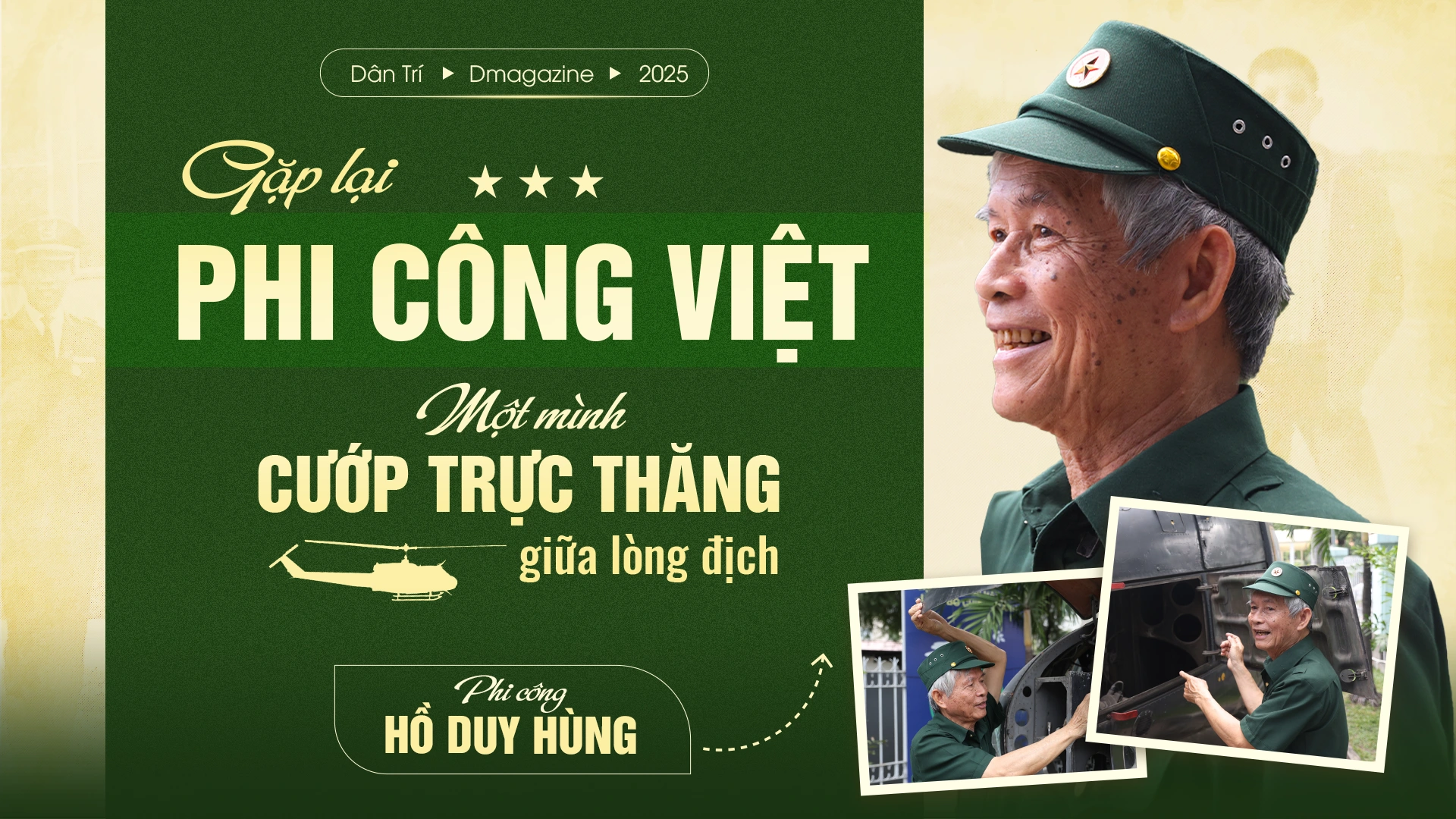

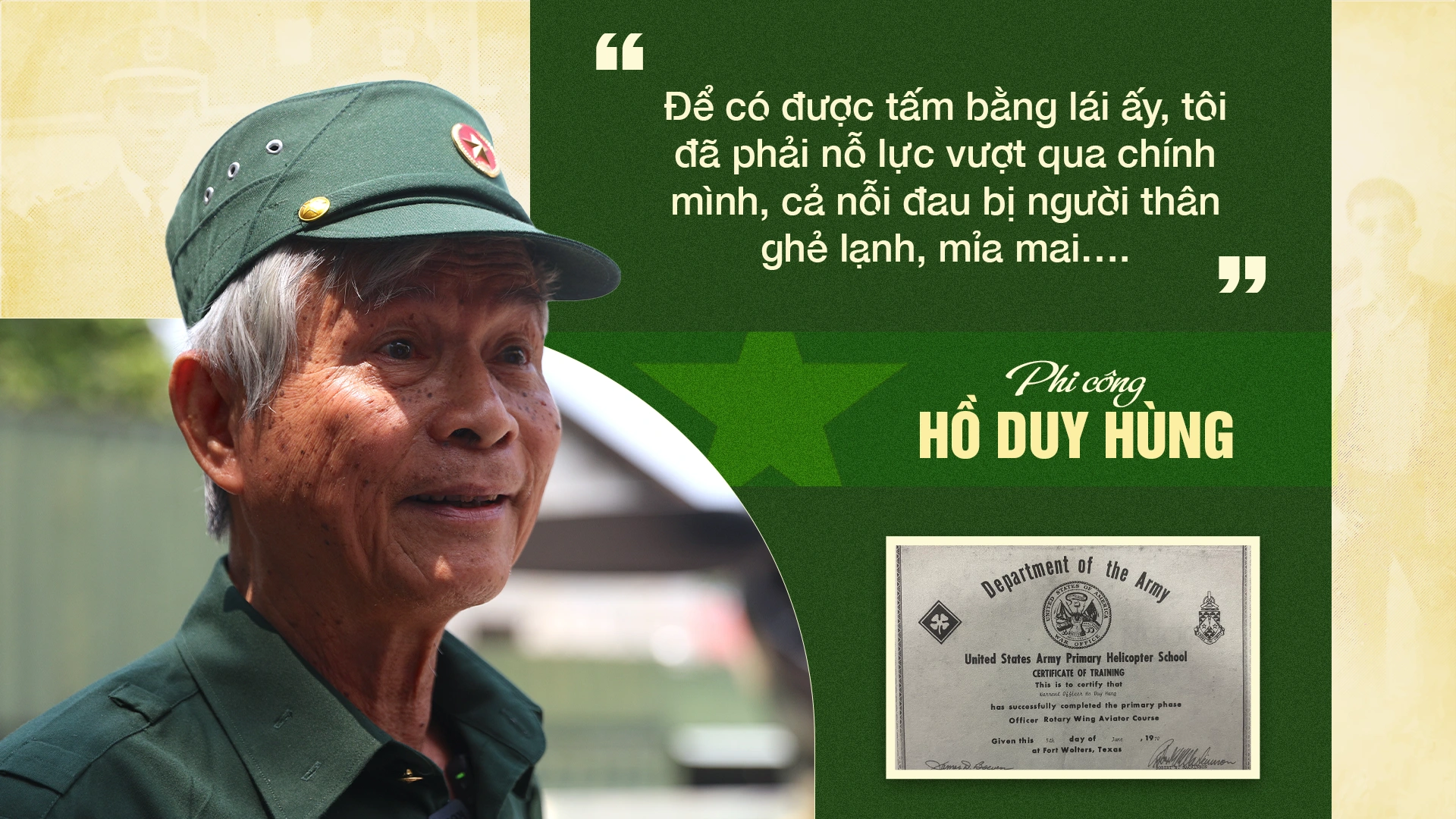
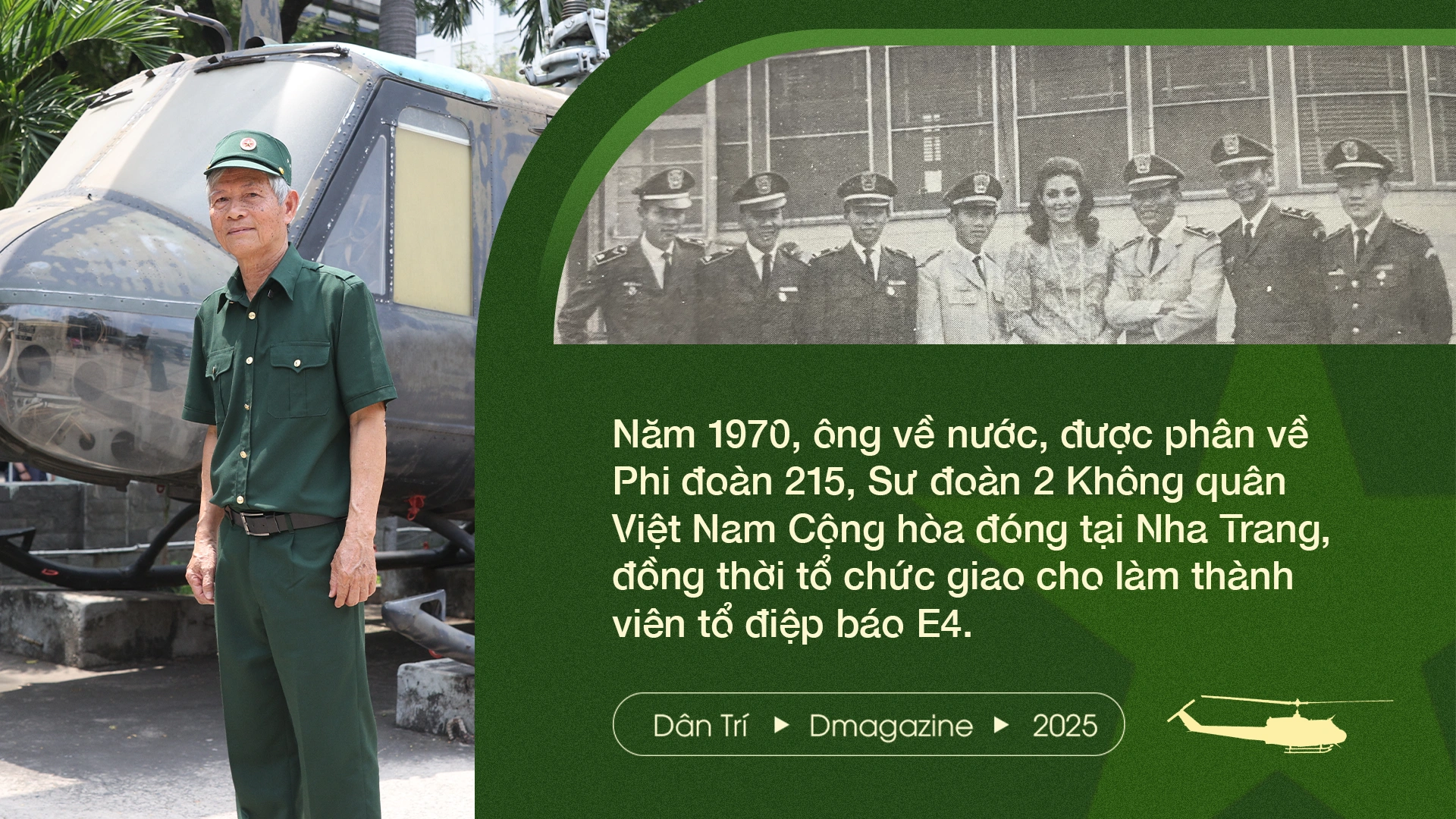
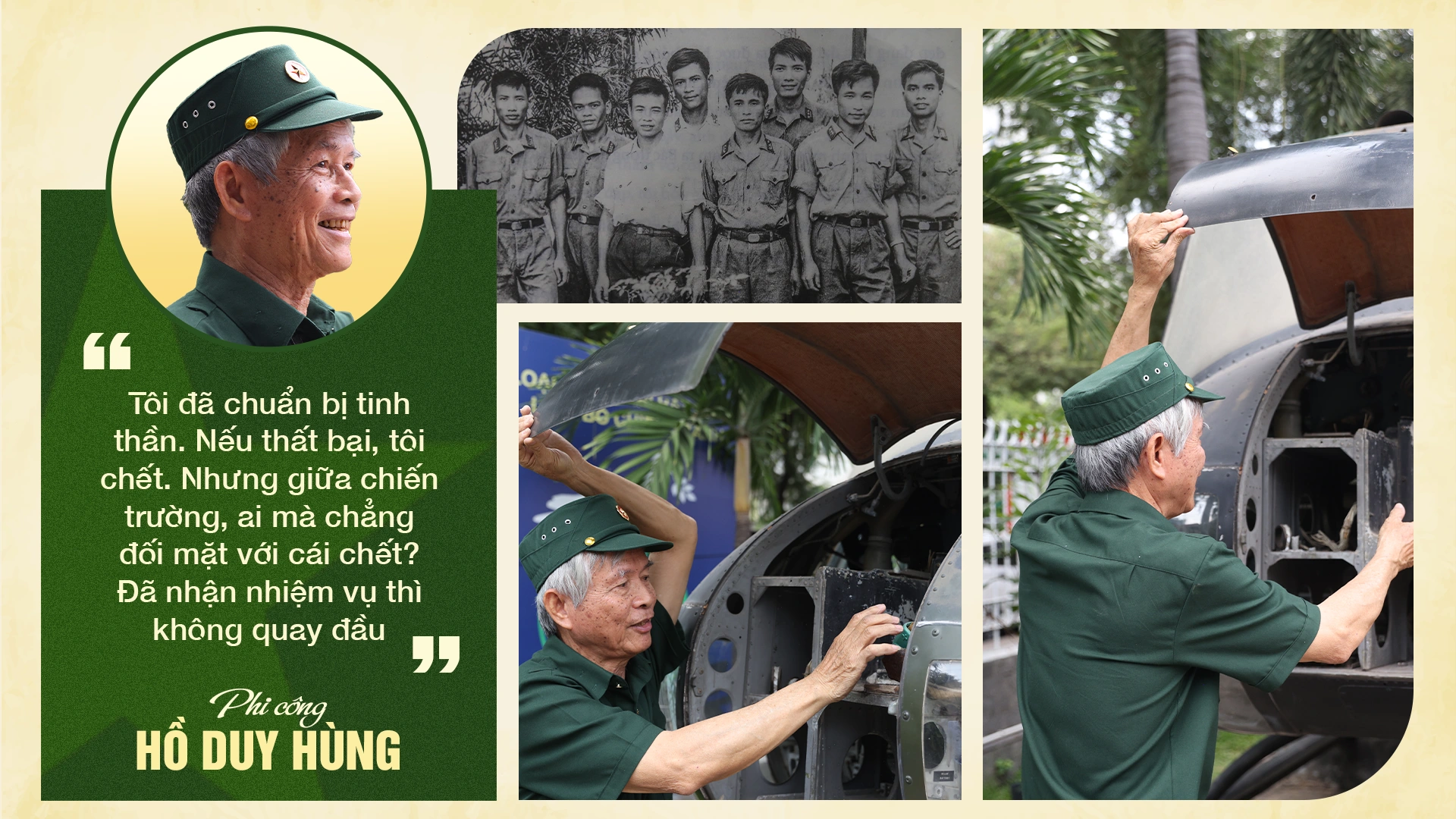
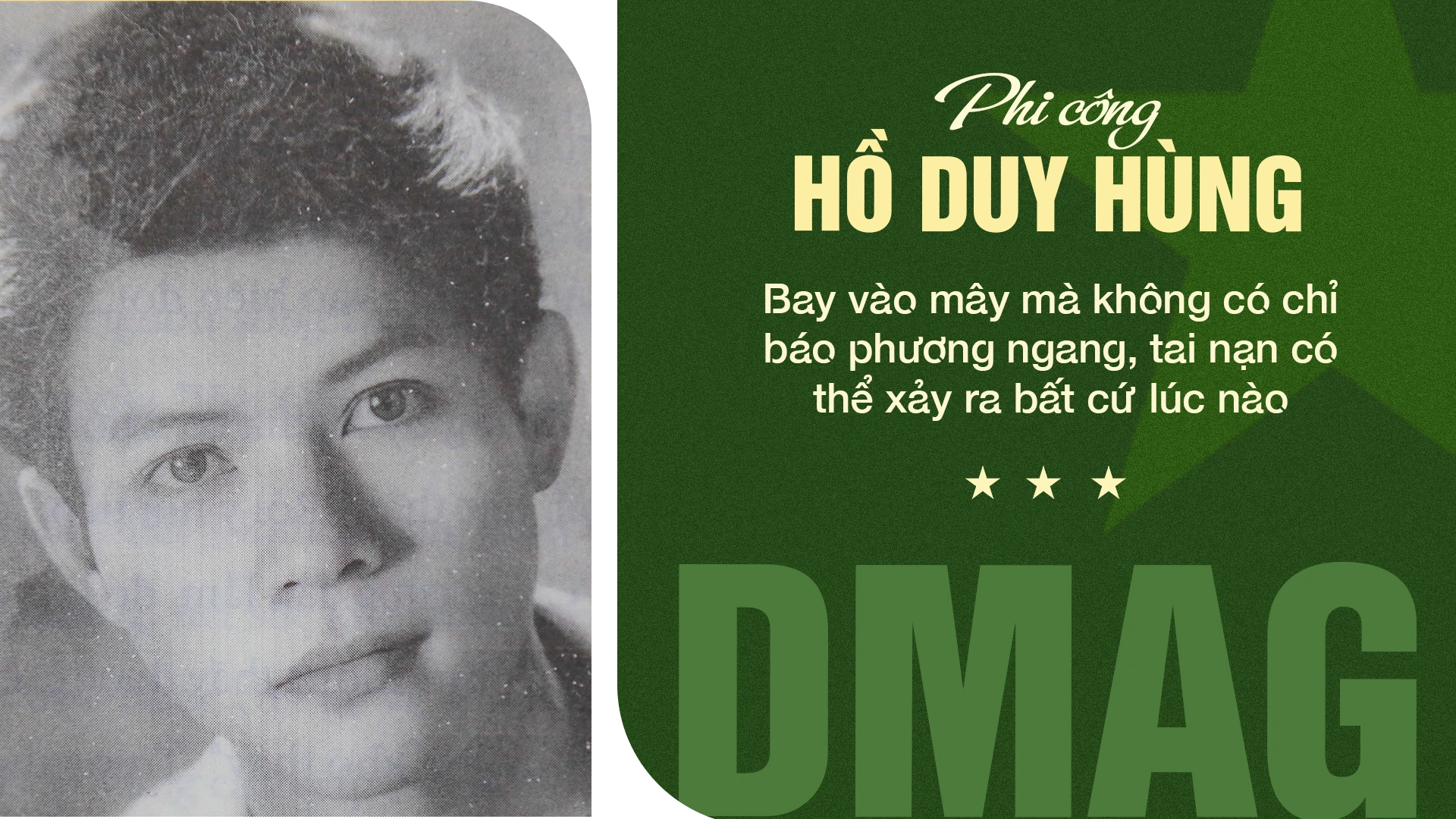
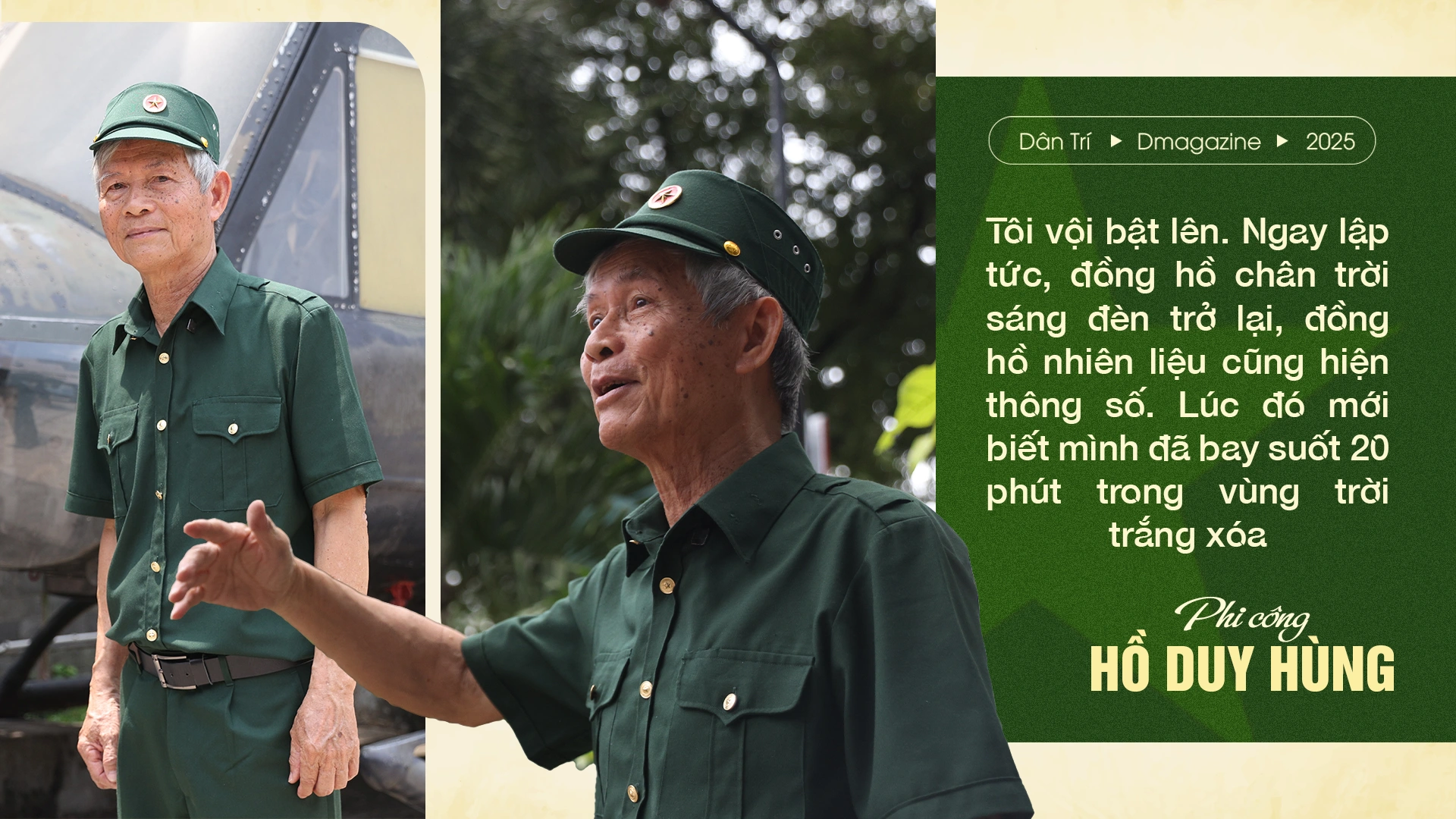
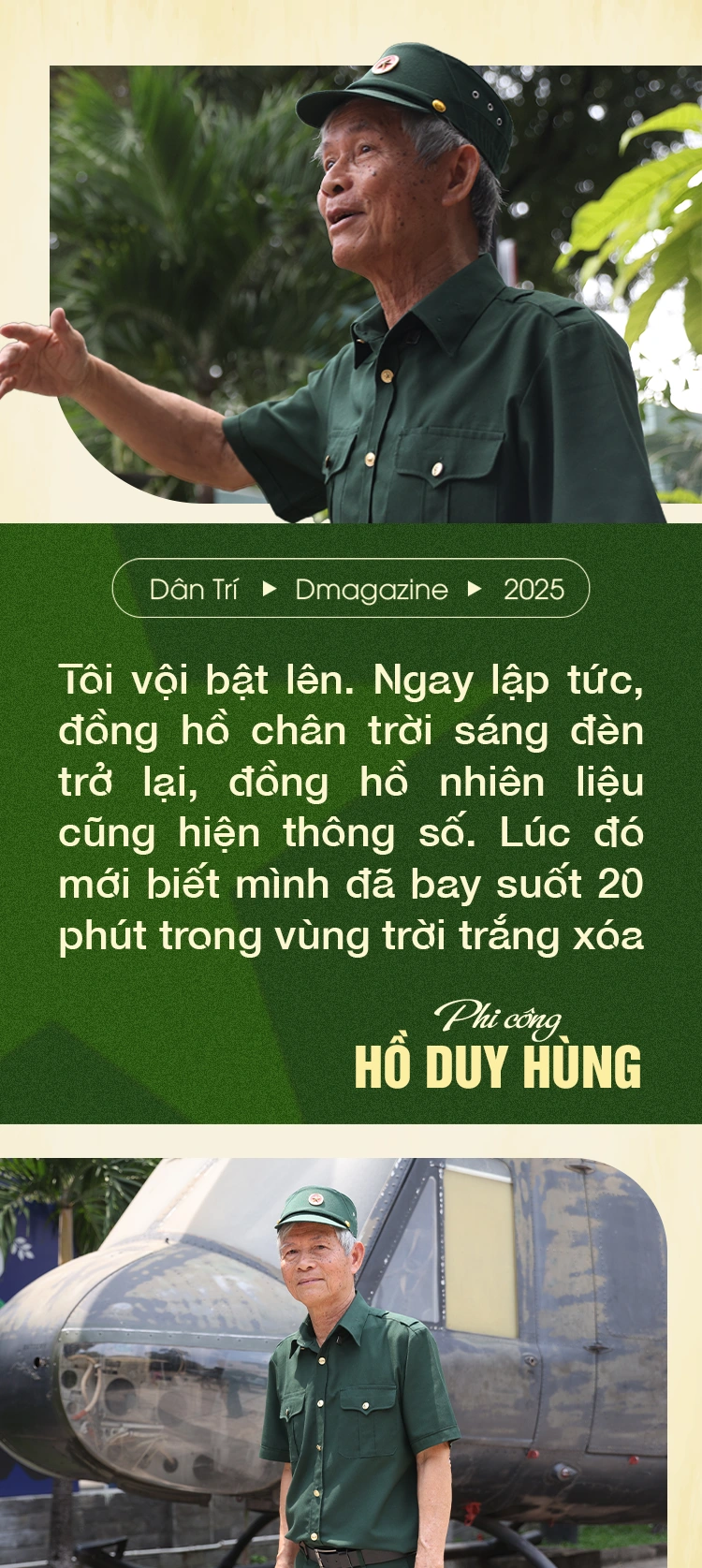
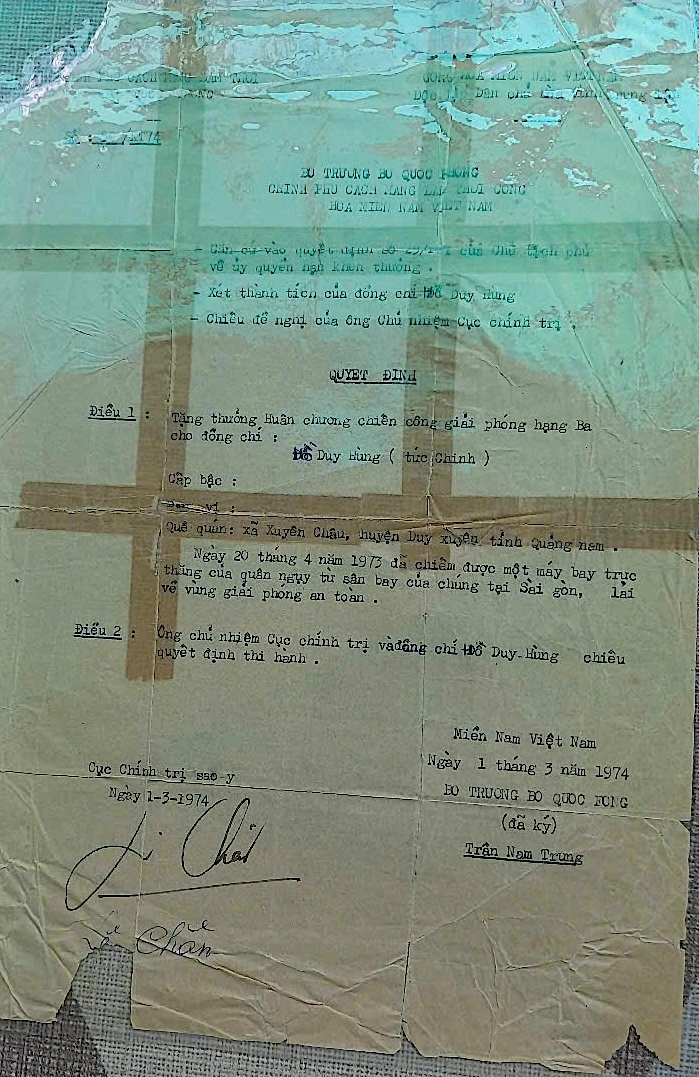
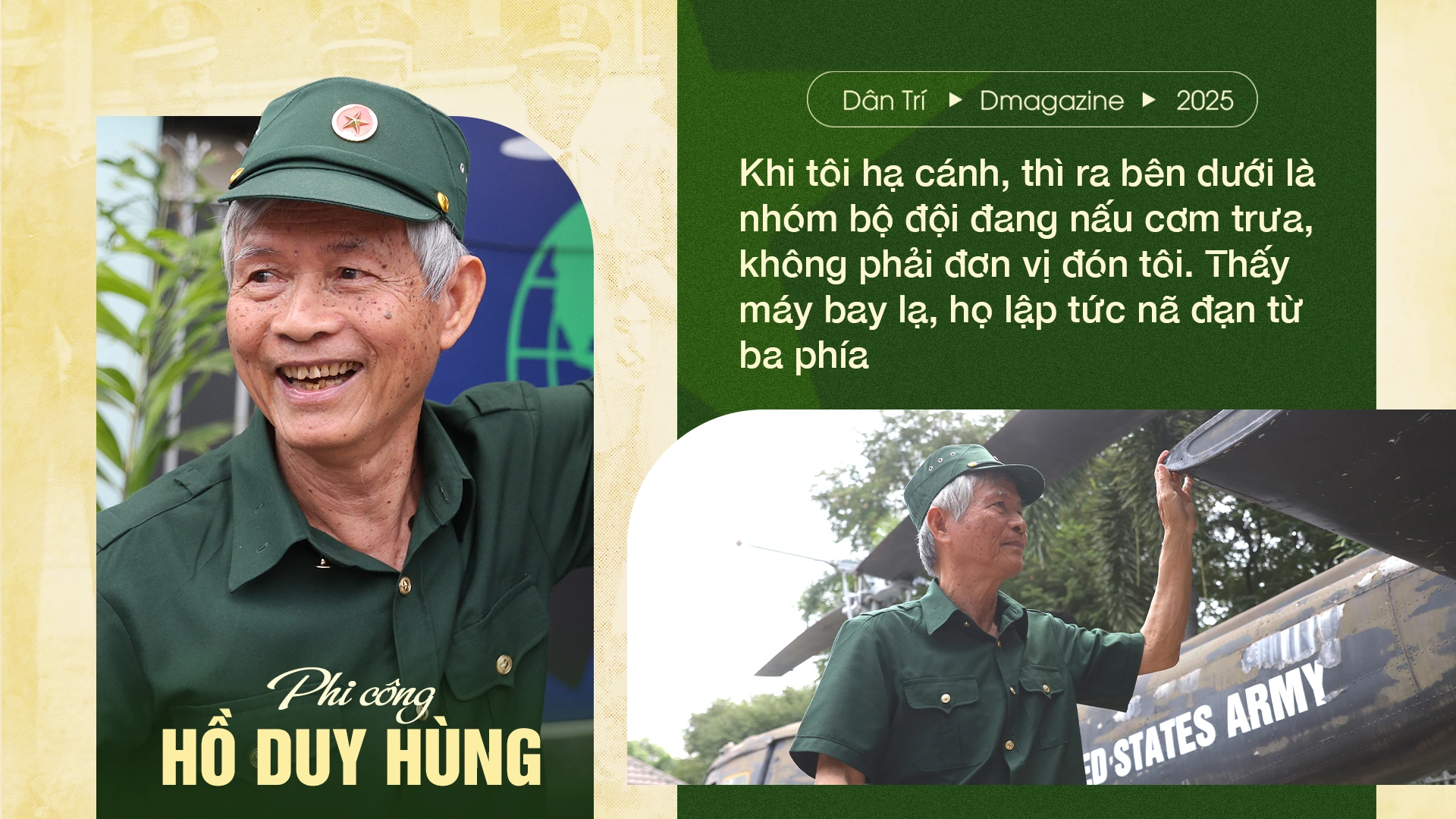
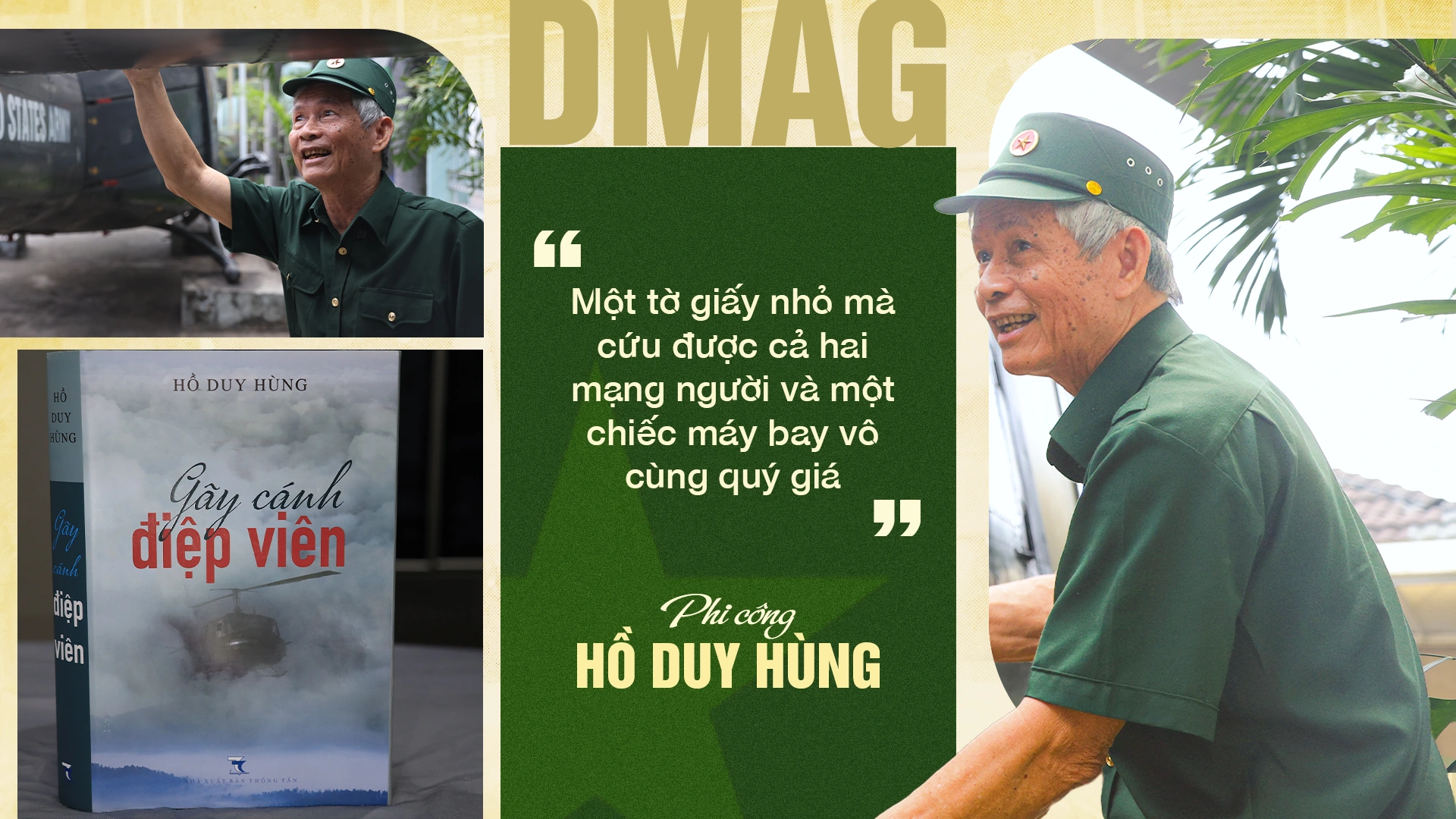








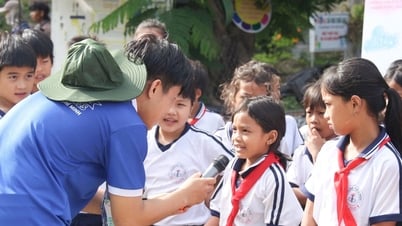

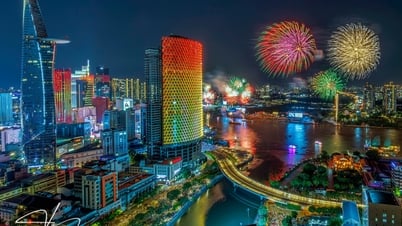

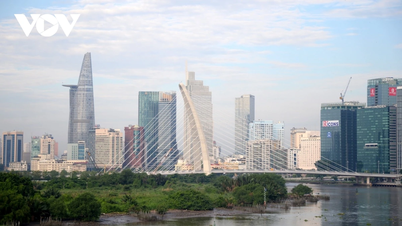

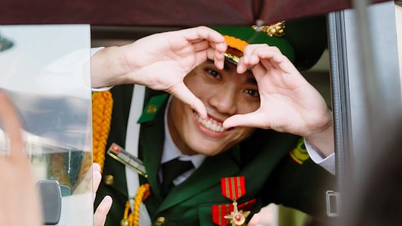

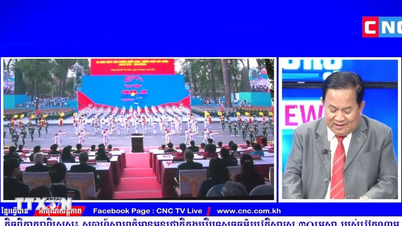

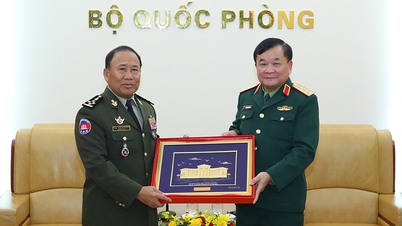

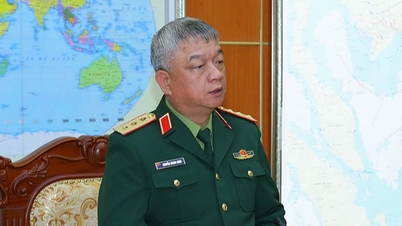
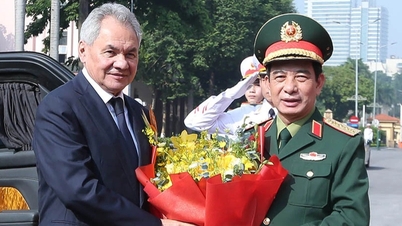
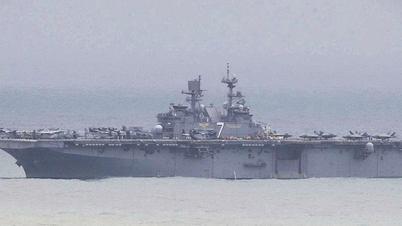

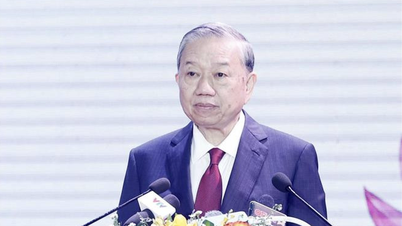
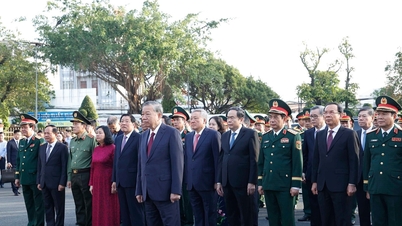




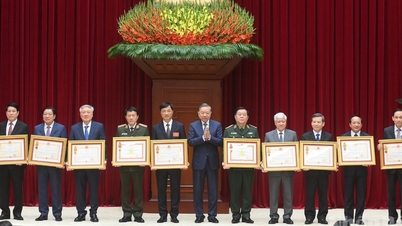
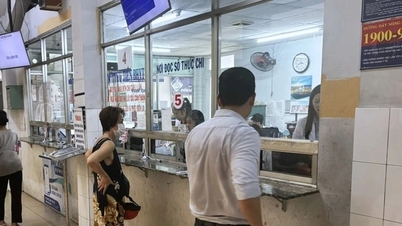

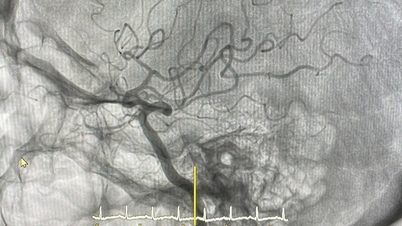
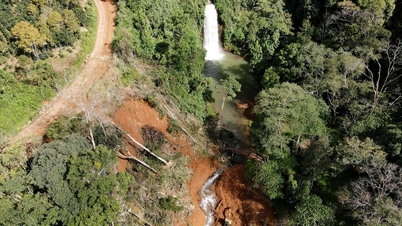
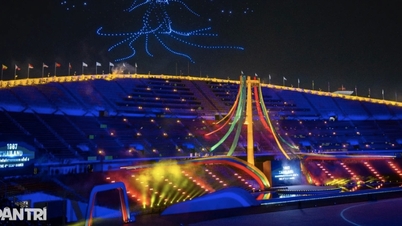
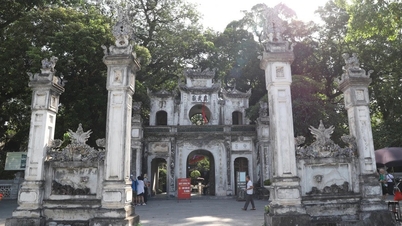

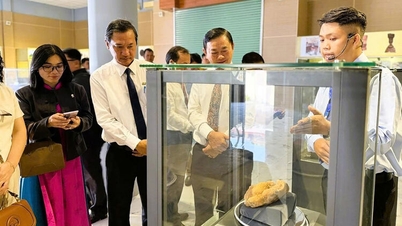

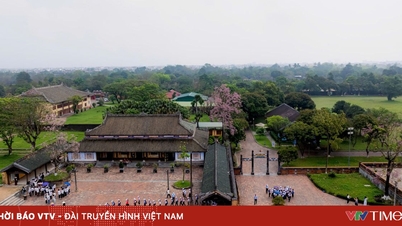











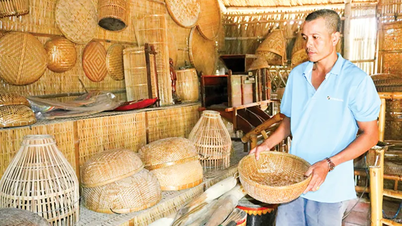

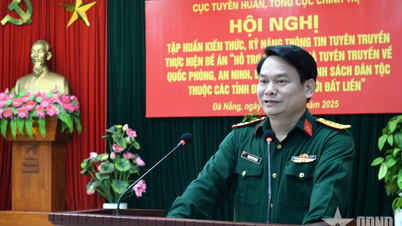

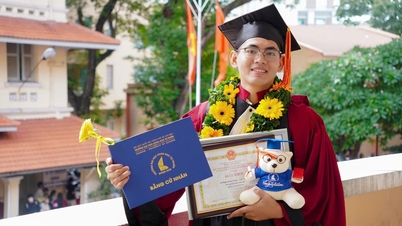
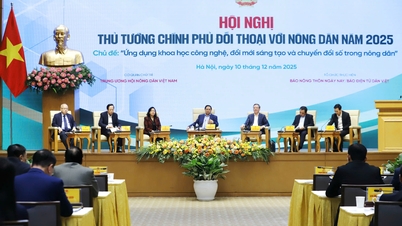




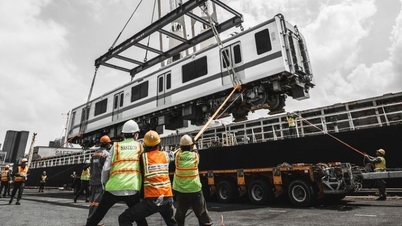
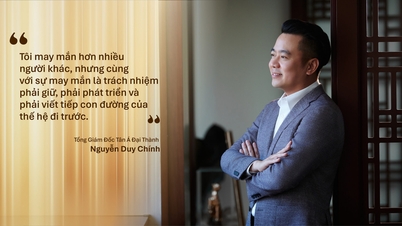







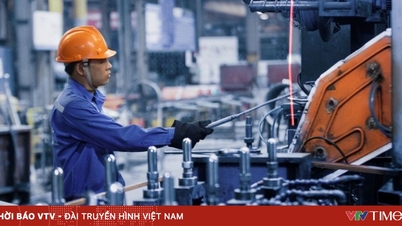


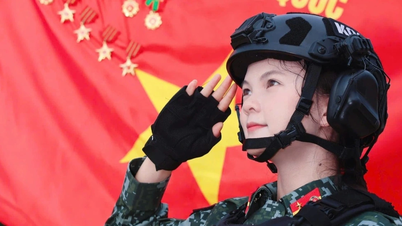
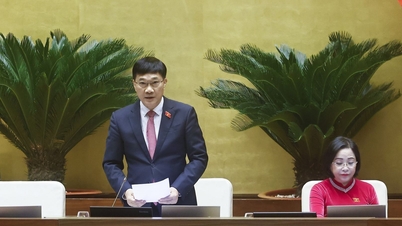
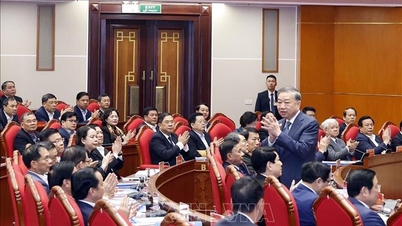
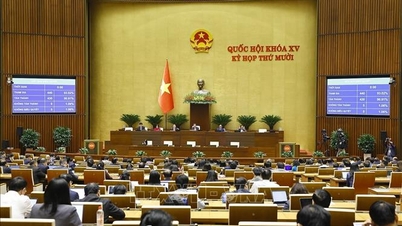


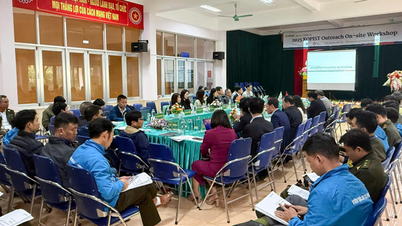
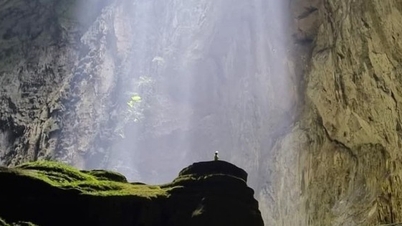



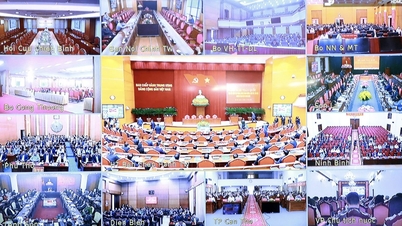


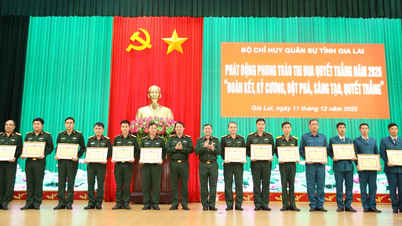

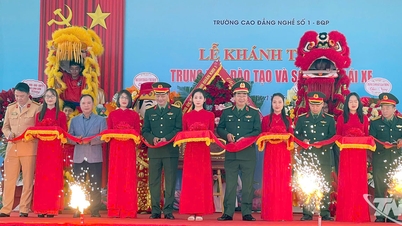

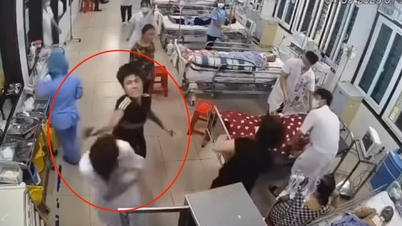
















Comment (0)